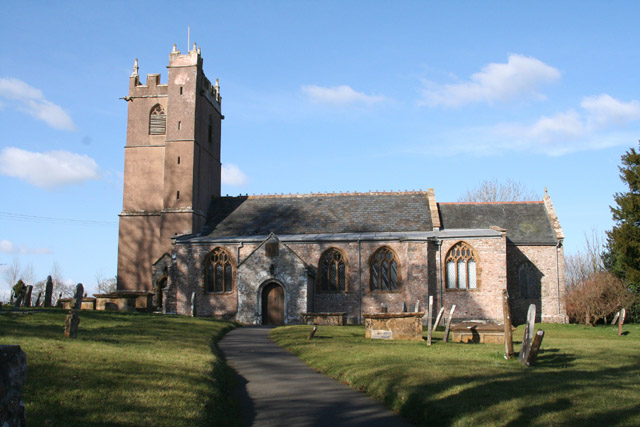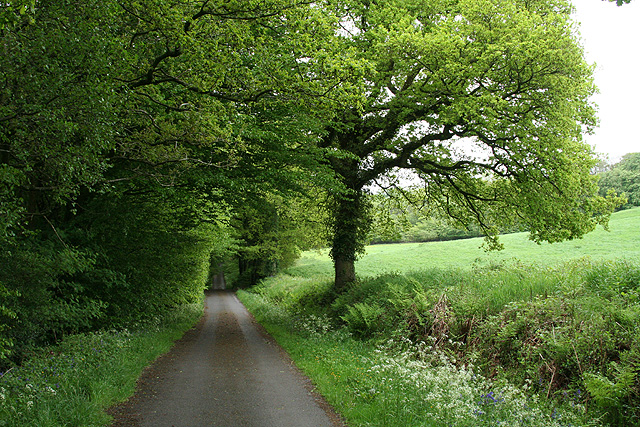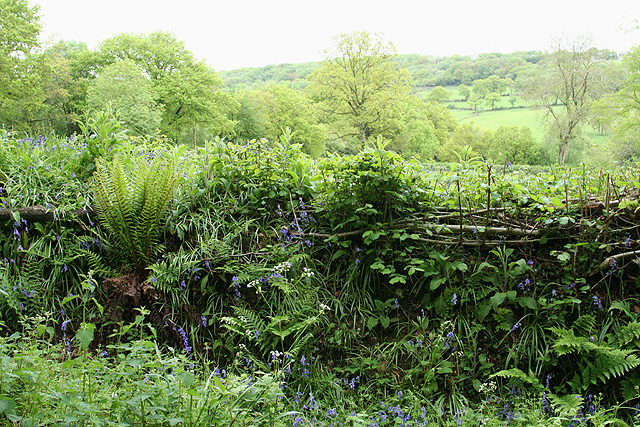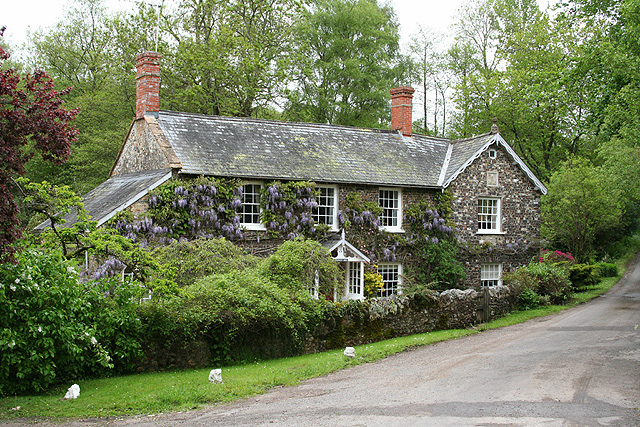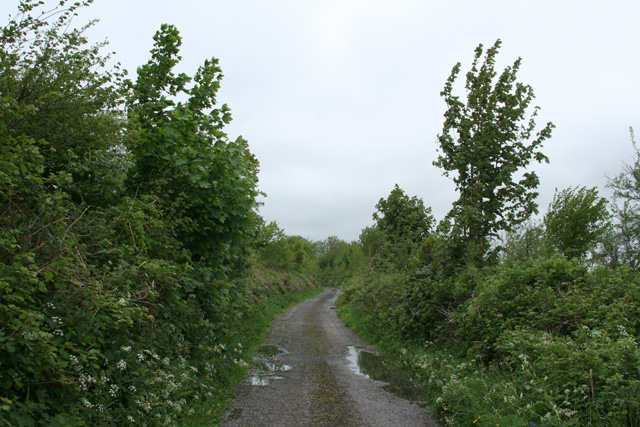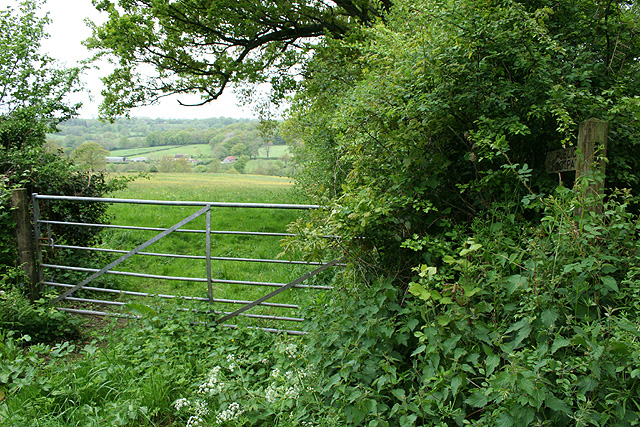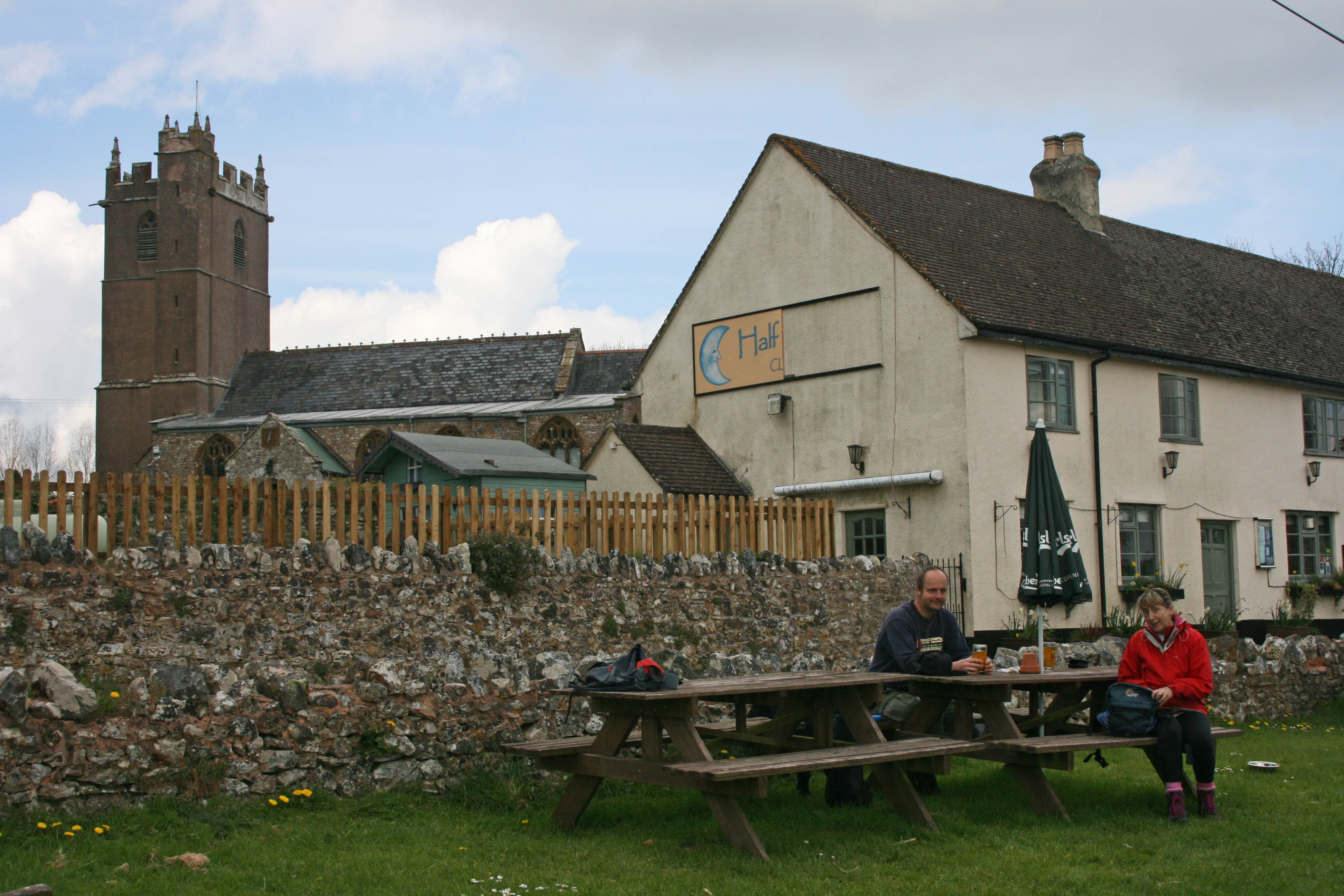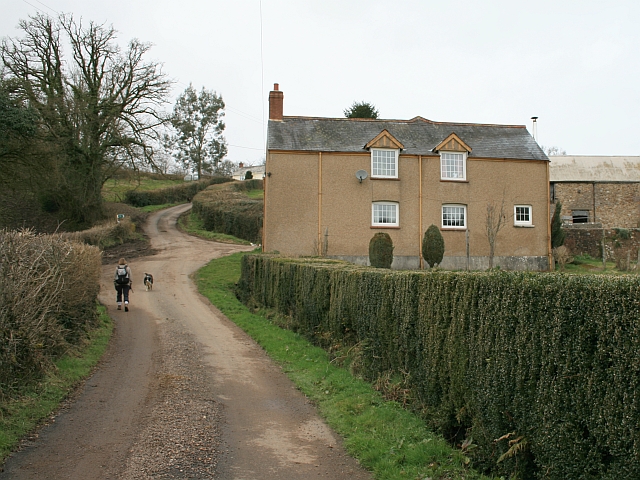Brimley Copse
Wood, Forest in Devon Somerset West and Taunton
England
Brimley Copse
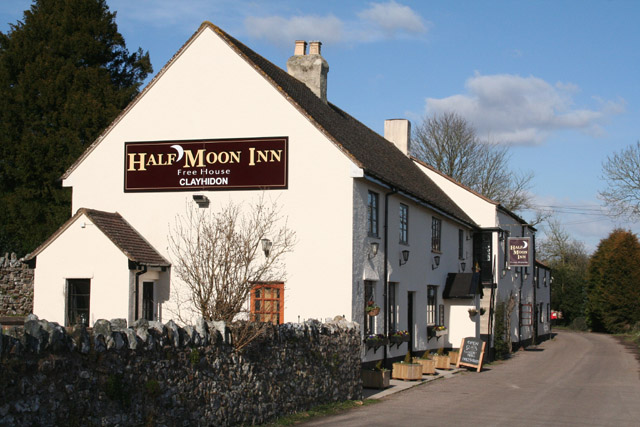
Brimley Copse is a charming woodland located in the county of Devon, England. Covering an area of approximately 20 hectares, it is nestled in the heart of the picturesque countryside, providing a tranquil escape from the hustle and bustle of everyday life.
The copse is predominantly made up of native broadleaf trees, including oak, beech, and ash, which create a rich and diverse habitat for a variety of wildlife. The dense canopy allows only dappled sunlight to filter through, casting enchanting shadows on the forest floor.
Walking through Brimley Copse, visitors are greeted with a carpet of vibrant wildflowers in the spring and summer months, including bluebells, primroses, and foxgloves. The woodland is also home to numerous species of birds, such as woodpeckers, thrushes, and owls, which can be heard singing their melodious tunes.
Tranquil streams meander through the copse, adding to the idyllic atmosphere. These water sources provide a habitat for small aquatic creatures, including frogs, newts, and dragonflies.
Brimley Copse offers a network of well-maintained footpaths, allowing visitors to explore its beauty at their own pace. It is a popular destination for nature enthusiasts, hikers, and families looking to enjoy a peaceful day out in nature.
Managed by the local conservation trust, Brimley Copse is dedicated to preserving the natural ecosystem and promoting biodiversity. The copse serves as an important educational resource, with guided nature walks and workshops organized throughout the year.
In summary, Brimley Copse is a picturesque woodland in Devon, offering a haven of tranquility, rich biodiversity, and opportunities for outdoor exploration and education.
If you have any feedback on the listing, please let us know in the comments section below.
Brimley Copse Images
Images are sourced within 2km of 50.920996/-3.1759667 or Grid Reference ST1714. Thanks to Geograph Open Source API. All images are credited.

Brimley Copse is located at Grid Ref: ST1714 (Lat: 50.920996, Lng: -3.1759667)
Administrative County: Somerset
District: Somerset West and Taunton
Police Authority: Avon and Somerset
What 3 Words
///adapt.cleanser.packing. Near Hemyock, Devon
Nearby Locations
Related Wikis
Ringdown SSSI, Somerset
Ringdown (grid reference ST178155) is a 4.0 hectare (9.9 acre) biological Site of Special Scientific Interest west of Burnworthy in the Blackdown Hills...
Clayhidon
Clayhidon () is a village and civil parish in Mid Devon, England. The parish church is St. Andrews. The parish is in the Blackdown Hills and its northern...
Churchstanton
Churchstanton is a village and civil parish in Somerset, England, situated within the Blackdown Hills Area of Outstanding Natural Beauty, on the River...
Ashculme
Ashculme is a village in Devon, England.
Nearby Amenities
Located within 500m of 50.920996,-3.1759667Have you been to Brimley Copse?
Leave your review of Brimley Copse below (or comments, questions and feedback).



